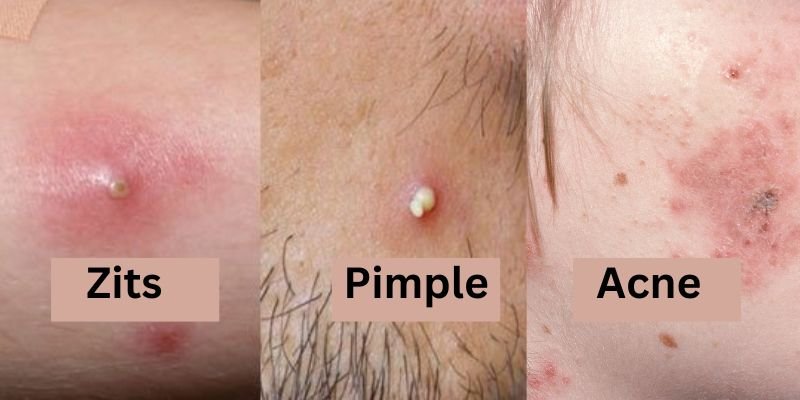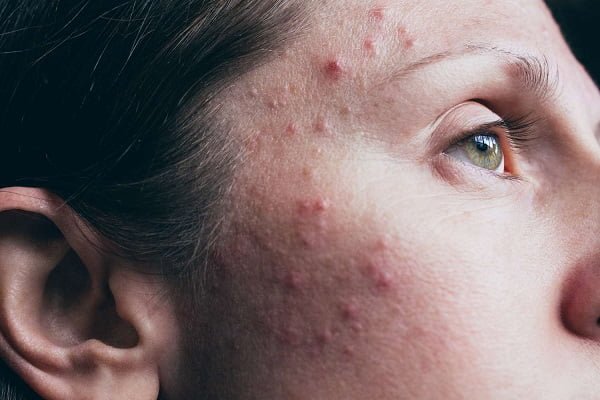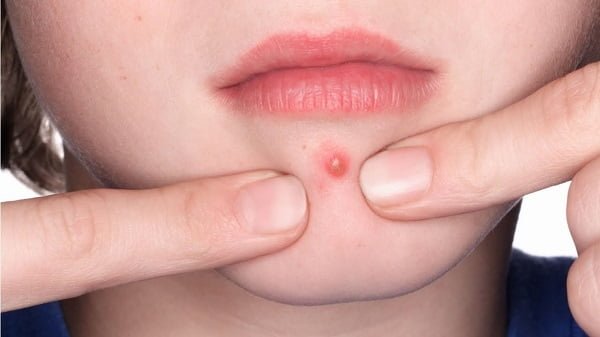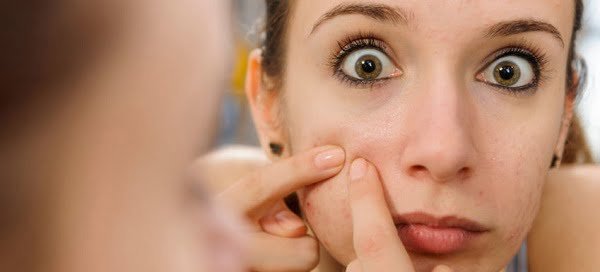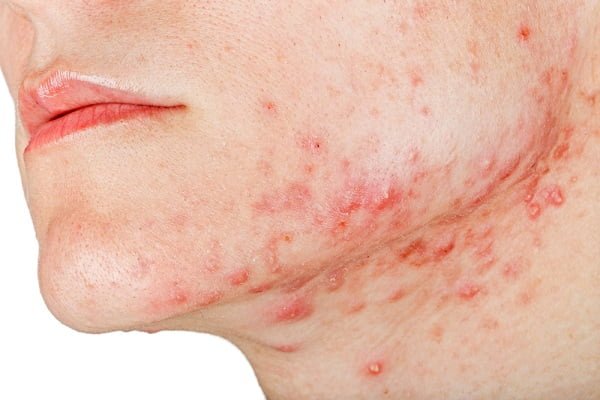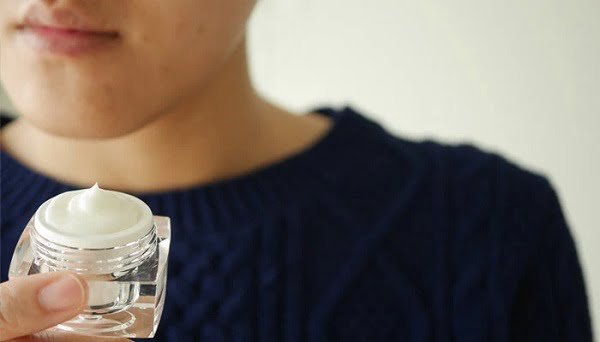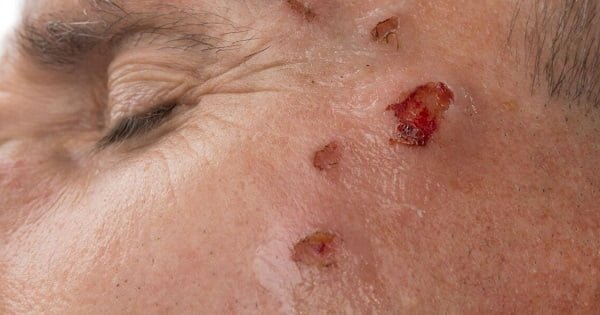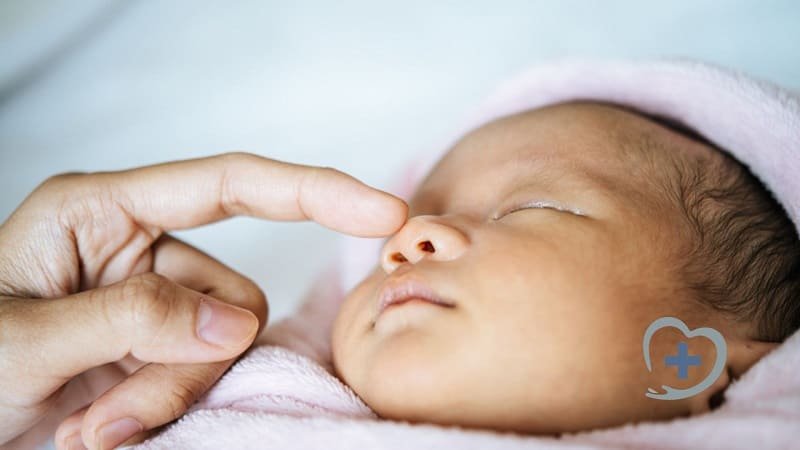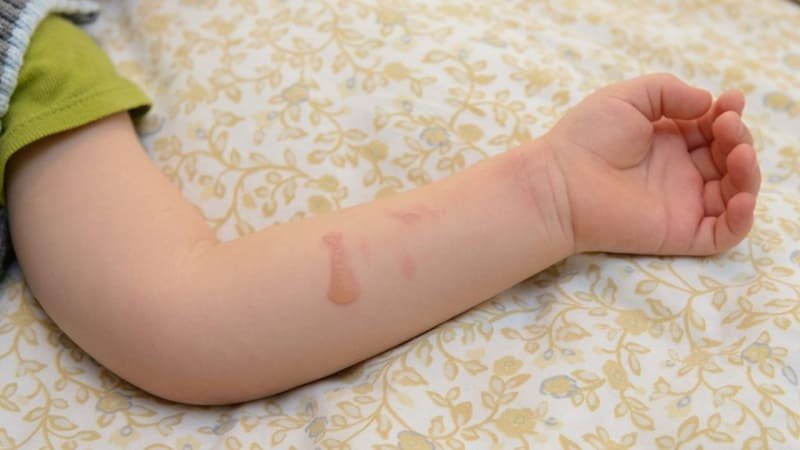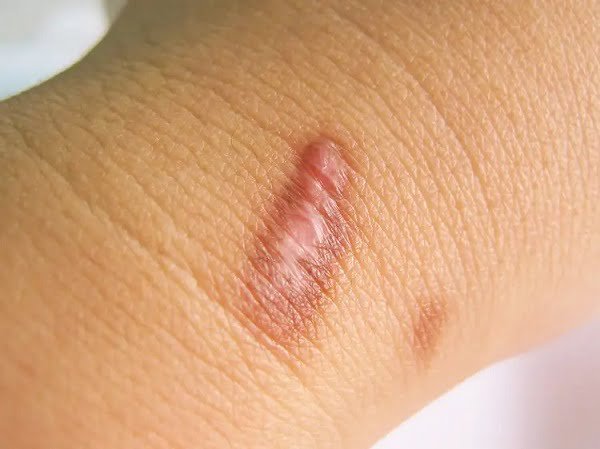Introduction
In the realm of skincare, terms like acne, pimples, and zits are often used interchangeably, but they actually refer to distinct skin conditions with unique characteristics. Understanding the differences and similarities between acne, pimples, and zits can help clarify misconceptions and guide effective skincare practices. In this blog, we’ll compare acne, pimples, and zits in-depth to shed light on their distinctions and provide insights into managing each condition effectively.
Defining Acne, Pimples, and Zits:
Acne: Acne is a chronic skin condition characterized by the presence of multiple types of lesions, including pimples, blackheads, whiteheads, cysts, and nodules. It typically occurs when hair follicles become clogged with oil, dead skin cells, and bacteria, leading to inflammation and the formation of various types of blemishes.
Pimples: Pimples, also known as papules, are small, raised bumps on the skin that result from inflammation of the hair follicles. They are typically red or pink in color and may contain pus. Pimples are a common type of acne lesion and can vary in size and severity.
Zits: Zits are another term used to describe inflamed, pus-filled lesions on the skin. Like pimples, zits are a type of acne lesion and are often used interchangeably with the term “pimple.” Zits may be slightly larger and more prominent than typical pimples, but they share similar characteristics and causes.
Key Differences Between Acne, Pimples, and Zits:
Severity and Scope: Acne is a broader term encompassing a range of skin lesions, including pimples, blackheads, whiteheads, cysts, and nodules. Pimples and zits are specific types of acne lesions, referring to inflamed, pus-filled bumps on the skin.
Formation and Appearance: Pimples and zits both result from inflammation of the hair follicles, but they may vary in size, appearance, and severity. Pimples are typically smaller, red or pink bumps, while zits may be slightly larger and more prominent. Both pimples and zits may contain pus and can occur anywhere on the body.
Treatment Approaches: While acne, pimples, and zits share similar underlying causes, treatment approaches may vary depending on the severity and type of lesions. Mild cases of acne, including isolated pimples or zits, may respond well to over-the-counter treatments such as benzoyl peroxide or salicylic acid. However, more severe cases of acne may require prescription medications, topical treatments, or in-office procedures.
Managing Acne, Pimples, and Zits: Regardless of whether you’re dealing with acne, pimples, or zits, consistent skincare practices are essential for maintaining clear, healthy skin. This includes gentle cleansing, exfoliation, moisturizing, and using non-comedogenic skincare products. Additionally, avoiding picking or squeezing acne lesions can help prevent scarring and further inflammation.
| Aspect | Acne | Pimples | Zits |
|---|---|---|---|
| Definition | A chronic skin condition characterized by multiple types of lesions, including pimples, blackheads, whiteheads, cysts, and nodules. | Small, raised bumps on the skin resulting from inflammation of the hair follicles, typically red or pink in color and may contain pus. | Inflamed, pus-filled lesions on the skin, slightly larger and more prominent than typical pimples. |
| Formation | Result from clogged hair follicles with oil, dead skin cells, and bacteria, leading to inflammation and various blemishes. | Result from inflammation of the hair follicles, typically smaller and red or pink in color. | Result from inflammation of the hair follicles, slightly larger and more prominent than typical pimples. |
| Appearance | Various types of lesions, including pimples, blackheads, whiteheads, cysts, and nodules. | Small, raised bumps, typically red or pink, may contain pus. | Inflamed, pus-filled lesions, slightly larger and more prominent than typical pimples. |
| Treatment | May require prescription medications, topical treatments, or in-office procedures depending on severity. | May respond well to over-the-counter treatments such as benzoyl peroxide or salicylic acid for mild cases. | Treatment approaches similar to pimples, may require stronger interventions for severe cases. |
Conclusion
In summary, acne, pimples, and zits are distinct skin conditions with unique characteristics, but they share similar underlying causes and treatment approaches. By understanding the differences and similarities between these terms, you can better navigate skincare practices and effectively manage acne-related concerns for clearer, healthier skin. Remember to consult a dermatologist for personalized advice and treatment options tailored to your specific skin needs.
Faq related to "Acne vs Pimples vs Zits: Understanding the Differences and Similarities"
Acne is a chronic skin condition characterized by various types of lesions, including pimples, blackheads, whiteheads, cysts, and nodules. Pimples and zits, on the other hand, are specific types of acne lesions, referring to inflamed, pus-filled bumps on the skin.
Acne lesions, including pimples and zits, result from inflammation of the hair follicles due to clogged pores with oil, dead skin cells, and bacteria. Pimples and zits are both inflamed, pus-filled bumps, but they may vary in size, appearance, and severity.
While both pimples and zits are inflamed, pus-filled lesions resulting from inflammation of the hair follicles, zits may be slightly larger and more prominent than typical pimples. However, they share similar characteristics and causes.
Treatment approaches may vary depending on the severity and type of lesions. Mild cases of acne, including isolated pimples or zits, may respond well to over-the-counter treatments such as benzoyl peroxide or salicylic acid. However, more severe cases of acne may require prescription medications, topical treatments, or in-office procedures.
Preventing acne breakouts involves maintaining a consistent skincare routine that includes gentle cleansing, exfoliation, moisturizing, and using non-comedogenic skincare products. Additionally, avoiding picking or squeezing acne lesions can help prevent scarring and further inflammation.
Unhealthy lifestyle habits such as poor diet, lack of sleep, inadequate hydration, and excessive consumption of processed foods, sugar, or dairy products may contribute to acne development. Adopting a healthy lifestyle may help improve acne symptoms.
In some cases, sudden onset cystic acne may be associated with underlying medical conditions such as polycystic ovary syndrome (PCOS), hormonal imbalances, or thyroid disorders. Consulting a healthcare professional for evaluation and diagnosis is recommended.
By understanding the differences and similarities between acne, pimples, and zits, individuals can better navigate skincare practices and effectively manage acne-related concerns. Consulting a dermatologist for personalized advice and treatment options tailored to specific skin needs is also recommended.

